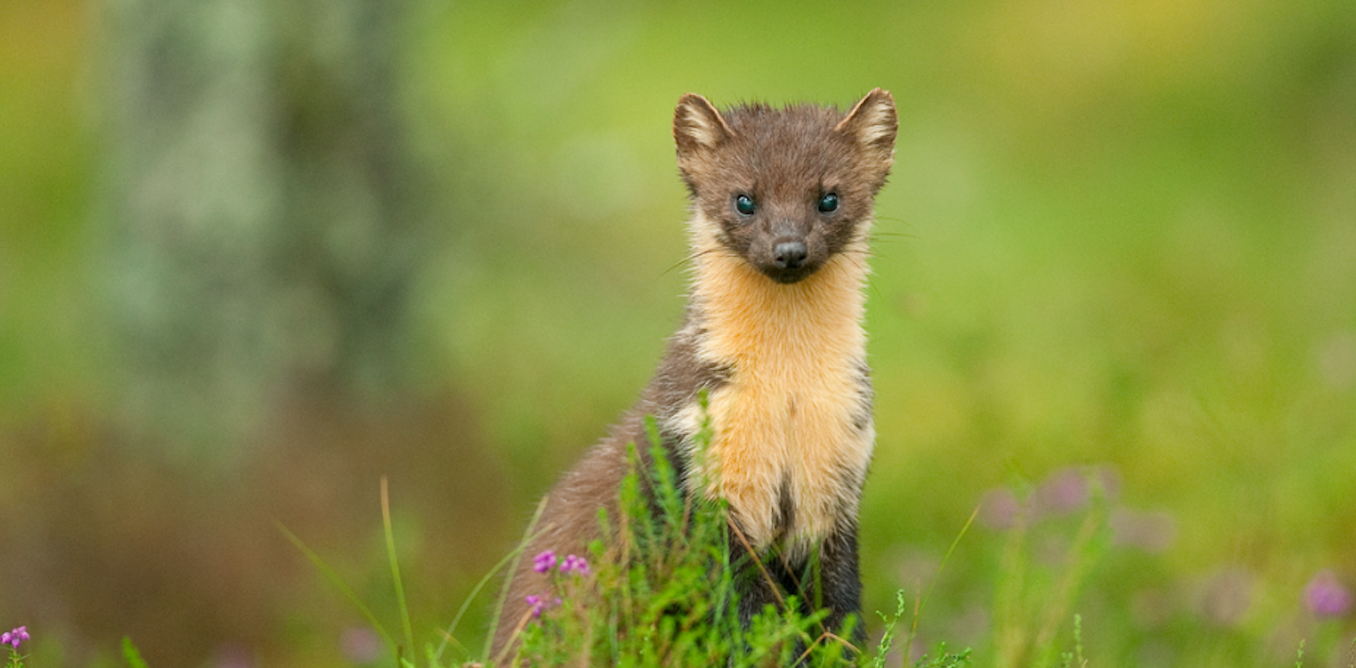Australian Pelicans Take a Walk | Secrets of the Zoo: Down Under
The video “Australian Pelicans Take a Walk | Secrets of the Zoo: Down Under” gives viewers a behind-the-scenes look at the lives of Australian pelicans at Taronga Zoo. With 2000 birds represented at the zoo, the two 12-year-old pelicans, Mani and Eora, are among the most beloved animals. The zookeepers work daily to enrich the pelicans’ lives and build up their confidence. One of the most enjoyable activities for the pelicans is going for walks, allowing them to have new experiences and spread their wings.
The video also provides insight into the unique characteristics of Australian pelicans, such as their distinctive pouch, elastic skin, and sharp bill. Unfortunately, encounters with humans often result in injuries for pelicans, with many requiring treatment at the zoo’s wildlife hospital due to fishing hooks and lines. Through this video, viewers gain a greater appreciation for the resilience and beauty of these magnificent birds and a deeper understanding of the importance of wildlife conservation and responsible human interaction with animals.
Watch the video by Nat Geo WILD
NARRATOR: Taronga is home to 350 animal species, but the best represented among them are the birds. A staggering 2000 of our feathered friends live at the zoo. (cawing). Two of whom are Australian pelicans. MICHELLE: Morning boys. Hi Eora. Hey Mans. We’ve got two pelicans at Taronga zoo.
We have Mani and Eora and they’re both 12 years old. We love working with our pelicans. We’re working on, umm, building up their confidence. Hi. Hi handsome. Go for a walk? Our main goal is to enrich them. So every day we like to do something a little bit different with them. Very good.
Come on buddy. Probably the most fun things we get to do with them is take them out for walks because they get so much out of it. All right do you want to go for a run too? You ready? Go, go, go. Come on. It’s great to see them, you know,
Get a bit of a run up and get those wings flapping. Good boy. Yeah it’s a great time for them to just have some new experiences. Good boy. Good boy. LINDSAY: So what you’re seeing now is called a pouch wobble. Umm, and it’s during breeding season they get their real
Pink colours going on. It just signifies to females that they’re ready for breeding. NARRATOR: But that’s not the main use for their distinctive pouch. MICHELLE: That pouch is very elastic. So it’s really soft skin, umm, and quite flexible. So that allows them to scoop up lots of water, lots of fish.
Because they’re quite opportunistic feeders, basically they’ll be flying around, if they see a school of fish or anything near the surface and they can dive down and just take a massive scoop. Uh, and that is a really great way to get a lot of food nice and quickly to fill them up.
All along the top there is really hard. And on the edge of his bill is sort of quite sharp. They’ve got the hook on the end of their bill as well. Uh, and that again is really useful when they are trying to catch their food and also for defending themselves.
So it is really sharp and can do a fair bit of damage when they’re, um, fighting amongst themselves or defending themselves from predators. LINDSAY: Hey buddy. NARRATOR: Unfortunately the damage done to pelicans by encounters with humans is much more common. LINDSAY: Hello. Here at Taronga, umm, our wildlife hospital will see
Quite a few pelicans come in each year with different injuries to them. That’s pretty much always due to, um, human interaction, like hooks into their bills and damage to that beautiful pouch. Umm, also sometimes fishing line wrapped around, uh, either closing their bill up or around their feet, so awful stuff like that.
And that’s because they are interacting with humans quite a bit.
About Nat Geo WILD
National Geographic Wild is a place for all things animals and for animal-lovers alike. Take a journey through the animal kingdom with us and discover things you never knew before, or rediscover your favorite animals!
Video “Australian Pelicans Take a Walk | Secrets of the Zoo: Down Under” was uploaded on 04/25/2021 to Youtube Channel Nat Geo WILD



































